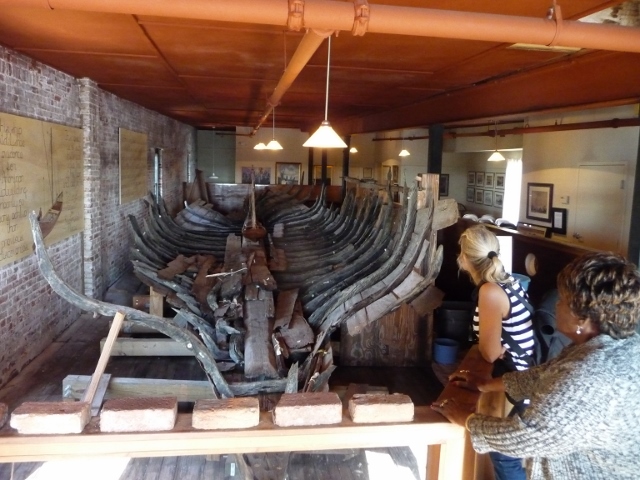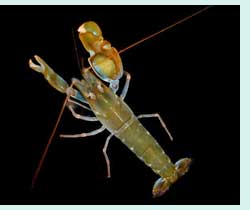25 Oct – Day trip to Georgetown, South Carolina

Another noisy night – the sound comes through the hull and is like we are in a bowl of Rice Crispies. This time we decided to find out the cause. Snapping Shrimp! These 1-2” critters have one huge claw that incorporates a kind of piston. When fired, it produces and explosive bubble that creates the sound – at 215 decibels! It is described as being the third loudest sound in the ocean, after Sperm whales and Beluga whales. (The Mantis shrimp also does the same and they are difficult to keep in aquaria because they break the glass!)
We decided to take a day trip up the river 10 miles to Georgetown. The approach by water looked very run down and sleepy but just behind the buildings was the beautiful historic district.
South Carolina was the centre of the very lucrative rice growing industry in the US and Georgetown became the largest rice exporting port in the world. Rice was referred to as ‘Carolina Gold’ and made its residents the richest (per capita) in the America. This did not of course take into account the 3.5 million slaves brought from the rice growing regions of West Africa to work on the plantations. The industry came to a relatively sudden end following the Civil War. Emancipation of slaves made production more costly, newly developed heavy machinery was not suitable for the very boggy land here, and a series of particularly destructive hurricanes all took their toll.
These are some of the facts we learned from our trip to the ‘Rice Museum’! Many of their exhibits were impressive diorama, and an excellent model of a rice mill.
Also in the museum was the wreck of ‘The Brown’s Ferry Vessel’. It claims to be the most important nautical discovery in the US to date. It establishes primary evidence for American shipbuilding almost 50 years earlier than all other discoveries. Found in 1974 by an amateur diver, it has been raised, sent to Columbia for preservation and returned to Georgetown for display. The roof of the building had to be removed to get her in.
Nicks favourite thing: the Davis Quadrant – the first example of this navigational device ever found in the US.
My favourite fact: the story of 19th century ‘Bioterrorism’. In 18864 a yellow fever epidemic broke out in Bermuda. A Dr Blackburn, known for helping such victims in New Orleans offered his help but with ulterior motives. He collected soiled bed linens from the patients and packed them in trunks for distribution amongst the poor in New York and Philadelphia. As a Confederate Agent he hoped they would cause an epidemic in ‘The North’. Fortunately for ‘The North’, he didn’t know that the mosquito was crucial in transmission of the disease!
We returned to the boat at 16.00 to catch the outgoing tide back to our anchorage and the Snapping Shrimp. The plan is for an early departure for Charleston tomorrow.








